Sommaire
Pagination de l'dition papier
Guide
 InterVarsity Press
InterVarsity Press
P.O. Box 1400 | Downers Grove, IL 60515-1426
2022 by Scott W. Sunquist
All rights reserved. No part of this book may be reproduced in any form without written permission from InterVarsity Press.
InterVarsity Press is the publishing division of InterVarsity Christian Fellowship/USA. For more information, visit intervarsity.org.
Scripture quotations, unless otherwise noted, are from the New Revised Standard Version Bible, copyright 1989 National Council of the Churches of Christ in the United States of America. Used by permission. All rights reserved worldwide.
The publisher cannot verify the accuracy or functionality of website URLs used in this book beyond the date of publication.
Cover design and image composite: David Fassett
ISBN 978-1-5140-0223-0 (digital)
ISBN 978-1-5140-0222-3 (print)
This digital document has been produced by Nord Compo.
To my father,
Virgil W. Sunquist (19252013),
and my mother,
Christine J. Sunquist (19242003),
who taught me the precious values of family, church, and tradition.
UT IN OMNIBUS GLORIFICATUR DEUS
T HE FOLLOWING VOLUME owes its existence to two requests. Understanding these requests will help to explain the nature of this volume. First, I was asked to do the Princeton Students Lectures on Missions in October 2009. This request gave me the opportunity to put together a number of thoughts about Christianity in history that had been bouncing around in my lectures, courses, and articles for the previous ten or fifteen years.
I have been a student of history since my university days, when I found myself attracted to every possible history course available. Like my taste in music, my taste in history has always been eclectic. I took courses in the history of classical opera, the history of work and leisure, the history and geography of economic activity, as well as the history of Russia (taught through novels). Thus, I knew my lectures would be historical, dealing with newer themes that had come to my attention though years of reading about history in Asia, Latin America, and Africa. Princeton Theological Seminary had a similarly expansive experience in mission and in sending out its students in mission and preparing national leaders from all corners of the world. Princeton also shared with me the love of ecumenics, the science of the Church universal, as John Mackay refers to it. It was a good match.
The Students Lectures on Missions are the oldest series of lectures at Princeton Theological Seminary, and a look at a sampling of the past lecturers gives a history of mission thinking for the past century. I hope some future PhD student will do a dissertation on the development of missiology as seen through these lectures.
The list of lectures is a fascinating and impressive selection of global mission scholars that covers the last 130 years. As early as 1905 the voices of non-Western scholars were being heard, and throughout the years some of the great ecumenical voicesand many non-Presbyterians were heard as well. Thus, I would like to thank the Princeton Seminary faculty, former president Iain Torrance, and former dean Darrell Guder for the opportunity to stand in such a line of missional scholarship. I also thank them for giving me this opportunity to pull together threads of questions, hunches, and ideas that have been showing up in my research and writing the past thirty-five years since I first arrived at Princeton to do my graduate work.
The second request, which was actually the first request chronologically, was to work with Dale Irvin to write what became the History of the World Christian Movement. That particular project gathered a community of scholars together to write Christian history as a global movement rather than as a Western religion with foreign embassies. The process of writing with forty or fifty scholars looking over ones shoulder (at times breathing down ones neck) is a terrible and wonderful thing. On one hand it is like a fifteen-year dissertation defense, much as I imagine purgatory to be like if I believed in it. But on the other hand, it is also a little bit like heaven, with the great diversity of Christians together representing their traditions and speaking their minds and hearts. What this project meant is that fifty or so scholars from around the world had the precious opportunity to hear, read, and discuss Christianity from multiple perspectives. None of us will ever turn back from that commitment. For me, as a historian, it was a great awakening.
The result of that long-term labor of researching, outlining, and writing the history of the world Christian movement is that we developed a new historiography that changed the way we understand Christianity as an amazing Christian movement. Common assumptions about how Christianity develops and about how theology and liturgy develop had to be modified and at times completely rethought. The remarkable story of twentieth-century Christianity was the stimulus to completely rethink, in a global community, how to understand and write Christian history. This volume is an introduction into this new way of understanding Christian history. It is also a guide to how we should read and even critique Christian history and the church today.
Every scholar knows that she or he stands on the shoulders of those who have gone before and works in a community of colleagues asking similar questions and working with much of the same material. Thus, I must acknowledge some of my indebtedness to those who have gone before and to those who walk beside me. I have been fortunate to have been guided by and worked with both Sam and Eileen Moffett since 1984. Both are model scholars and passionate missionaries who have great love for the church, joy in Christian service, and love for Koreans. Other mentors, mostly from afar, have been Andrew Walls and David Bosch. When I was a doctoral student, I served on a search committee and tried to get both of them to come teach at Princeton Theological Seminary. Through the years they both have had a great influence on me and good relations with Princeton. For more than two decades Dale T. Irvin and I have worked together on the History of the World Christian Movement project. I have learned a great deal from him and his expansive view of the church and love for the city. Dale and I were fortunate enough to have been guided in our writing of the History of the World Christian Movement volumes by former editor of Orbis Books, Bill Burrows. Rarely does one find such a gracious, strong-headed, winsome, intuitive, and supportive editor. Bill the theologian and missiologist has also become a fine historian and good friend through the years. One of the historians who was most helpful for me in working on volumes two and three of History of the World Christian Movement was Ogbu Kalu. Kalu was always strong in defending his positions, clear and exacting in bibliographic references, and at the end of the day a joyous and supportive colleague.
Finally, my thinking about how to understand Christian history as a movement has been greatly influenced by students and scholars in Asia. My first trip to Asia was in 1987. Speaking as a historian, that was not that long ago. Yet when I consider the work that many of my former students are doing and the creative forms of ministry and cultural adaptation that have developed, I am both amazed and provoked. They are part of the ongoing historical movement in Asia that I first studied in the 1980s when I took my first course on early Asian Christianity with Sam Moffett. Not only their ministry and missionary work but also Asian Christian historians have been my teachers. In recent history some very good scholarship has been coming from Asian scholars talking about their own history. These historians and practitioners have given a perspective on Christianity never before possible.

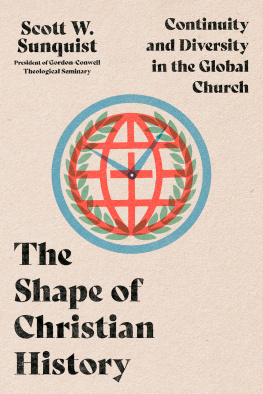


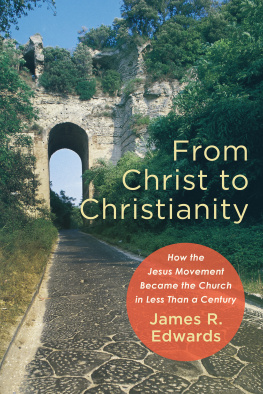
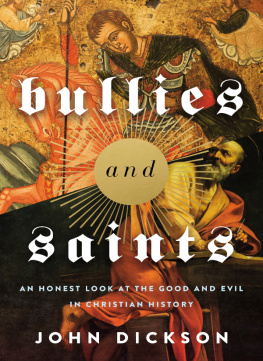

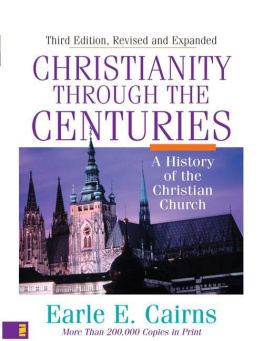
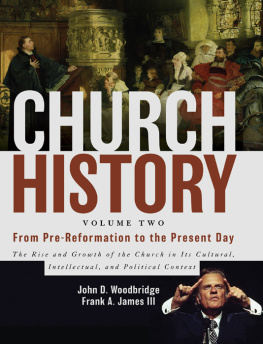
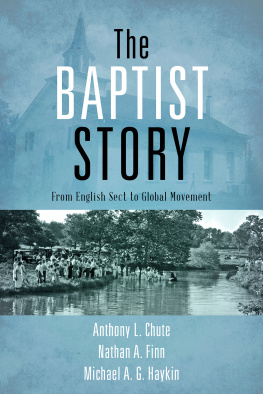
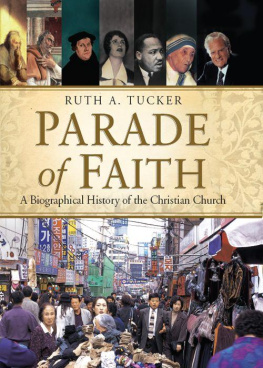

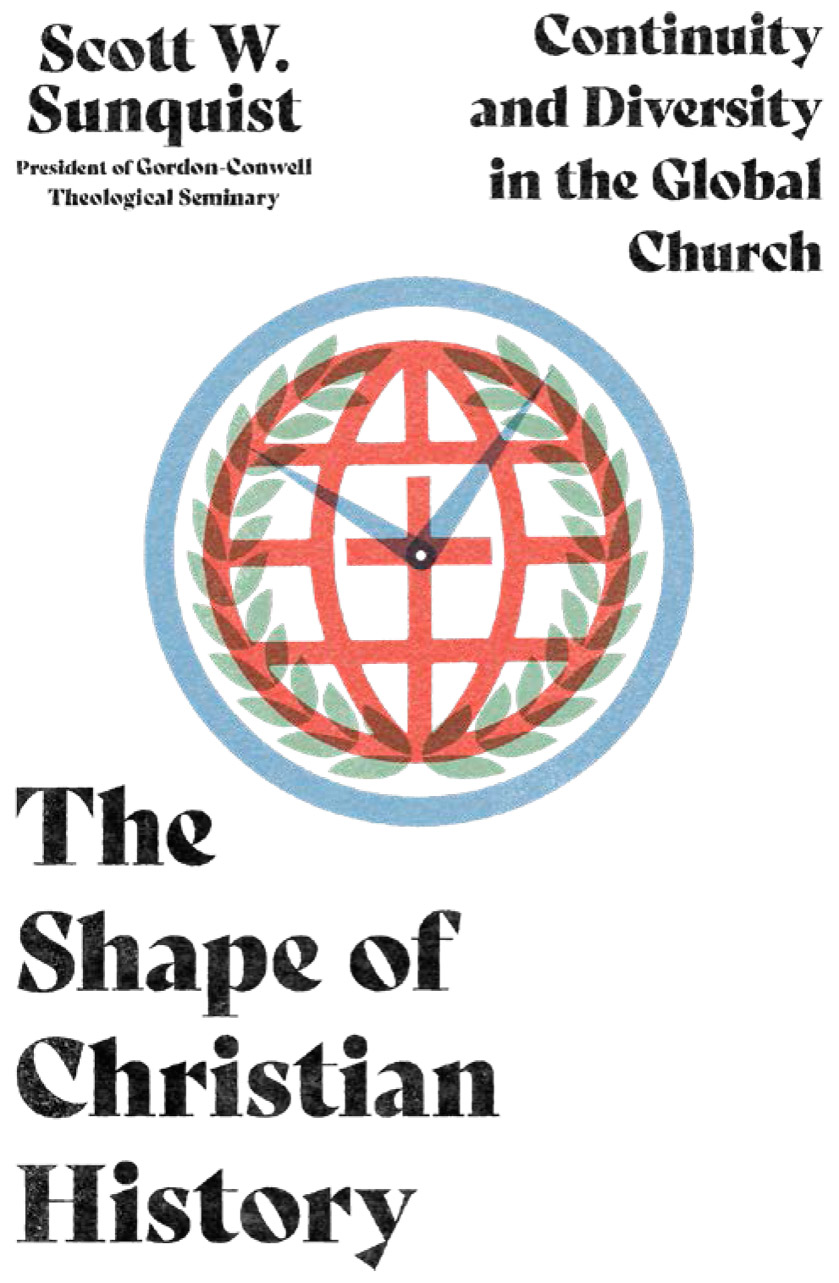

 InterVarsity Press
InterVarsity Press